Roofers professionally build, inspect, repair, replace, and maintain the roofs of houses and other buildings. They also follow local building regulations and safety procedures.

People who choose this career often have Realistic interests. They prefer tasks that are tactile, physical, or athletic and like to work independently.
Roofers are trained to repair, replace, and install roofs for homes and businesses. They can work with a variety of roofing materials, including shingles, metal, and cedar. Roofers also need to be able to work in all types of weather conditions.
A high school diploma is typically the minimum requirement for becoming a roofer. New roofers receive on-the-job training from experienced journeymen. They must learn how to read blueprints and diagrams to follow job instructions. They also must be comfortable working at heights, using power hand tools, and using ladders and scaffolding.
To install a roof, a roofer takes detailed measurements of the roof to determine how much material is needed. They then lay down layers of roofing materials to create a durable cover, such as asphalt or traditional shingles. They may also apply vapor barriers and insulation to prevent moisture damage. Roofers must be able to accurately cut and fit sheets of roofing material around vents, chimneys, and other rooftop structures.
Roofers also inspect roofs to determine if they need to be repaired or replaced. They must be able to identify issues such as leaks, rot, and mold and repair or replace them. Other duties include assisting customers in selecting roofing materials and providing estimates for their cost. They must be able to work well with other construction professionals, especially carpenters and plumbers.
As with most jobs in the construction industry, roofers and shinglers often work overtime during peak seasons. During these periods, they may need to lift heavy materials and work on hot roofs. They also must be able to wear protective gear, such as a harness and fall protection device, and follow safety guidelines when working at heights.
Education and Training Requirements
If you are thinking about becoming a Roofer, you should know that this is a difficult job and that there are many education and training requirements. You can gain these qualifications through a college course, an apprenticeship or on-the-job training. Most of these programs pay you while you work, so you can earn a decent salary while you learn your craft.
A few colleges offer associate’s degrees in construction management or related fields that you can take if you want to increase your chances of getting a job as a Roofer. However, most employers prefer to hire Roofers who have gained experience on the job or through an apprenticeship. Some states also require that Roofers obtain a license to work on construction sites. Check with your state to find out what the requirements are.
Apprenticeships are the most common way for high school graduates to become Roofers. Most of these programs last about four years and include a combination of on-the-job training, technical training and exams. Some apprenticeships are offered through specific companies while others are available through local unions. In addition, some community colleges and trade schools offer certificate programs for Roofers.
Once you have gained a few years of experience, you can choose to become a journeyman or foreman on a construction crew or you can start your own roofing company. Those who stick with construction companies can eventually become project managers, who are in charge of creating and implementing all roofing projects.
Roofers who start their own businesses have to manage their own finances, purchase equipment, and find clients for their services. They must also decide what type of roofs to construct, whether flat or sloped, and must be familiar with the materials that are available to them.
If you are looking for a rewarding career that allows you to use your hands, then roofing may be the perfect choice for you. However, you should be aware that this is a physically demanding job and that it can be dangerous to work on rooftops. It is also important to have the right attitude when working as a Roofer. You must be enthusiastic, willing to learn and follow instructions.
Work Environment
Roofers work on construction sites. They are exposed to hazards like falls from ladders, but these can be avoided with proper training and safety procedures. In addition, they may be required to travel between job locations. They also have to unload materials from trucks and set up ladders, scaffolding, and hoists for use on roofs.
People working as Roofers tend to have strong Realistic interests and moderate Conventional interests. They often enjoy working with their hands, doing real-world problems and solutions, and interacting with co-workers in friendly non-competitive environments. They also value support from management and good working conditions.
Salary
Roofers are paid a base salary and may receive tips, bonuses or overtime. The total annual salary for a Roofer is around $65,462. This figure includes the cost of living, which takes into account housing sales data, gas prices, consumables, rent and mortgage costs, property taxes, medical care premium rates and other relevant variables.
As a rule, most roofing and shinglers work steadily throughout the year. However, peak periods in the construction industry often require additional hours. Additionally, roofers and shinglers are sometimes required to attend training sessions on a yearly basis. The number of additional hours that they must work each week will depend on the climate in their region and the type of building they specialize in.
The salary for a Roofer can vary widely depending on their experience, education and employer. Nonetheless, the top 10 cities for Roofer jobs pay significantly above the national average. Therefore, it may be worthwhile to consider changing your location if you are looking for an increase in your income. Alternatively, a Roofer can also consider seeking out higher level positions within their current company to earn more.


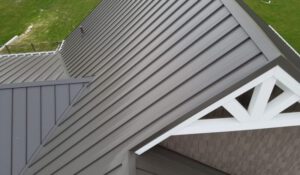
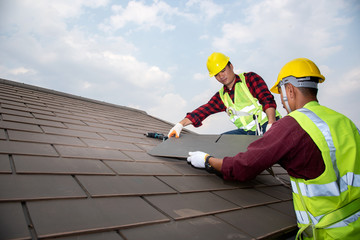
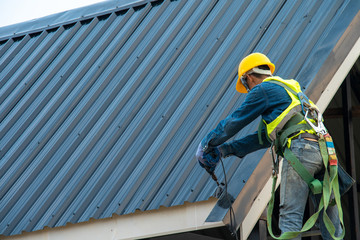

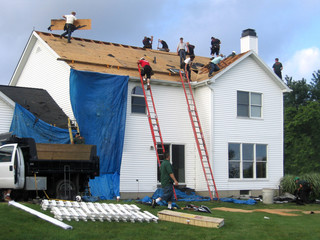
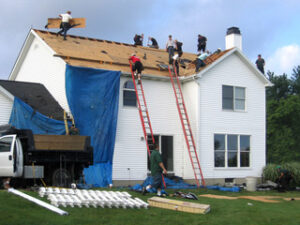 Overlays are another way to enhance the looks of your roof. The process of overlaying your roof is known as reroofing.
Overlays are another way to enhance the looks of your roof. The process of overlaying your roof is known as reroofing.